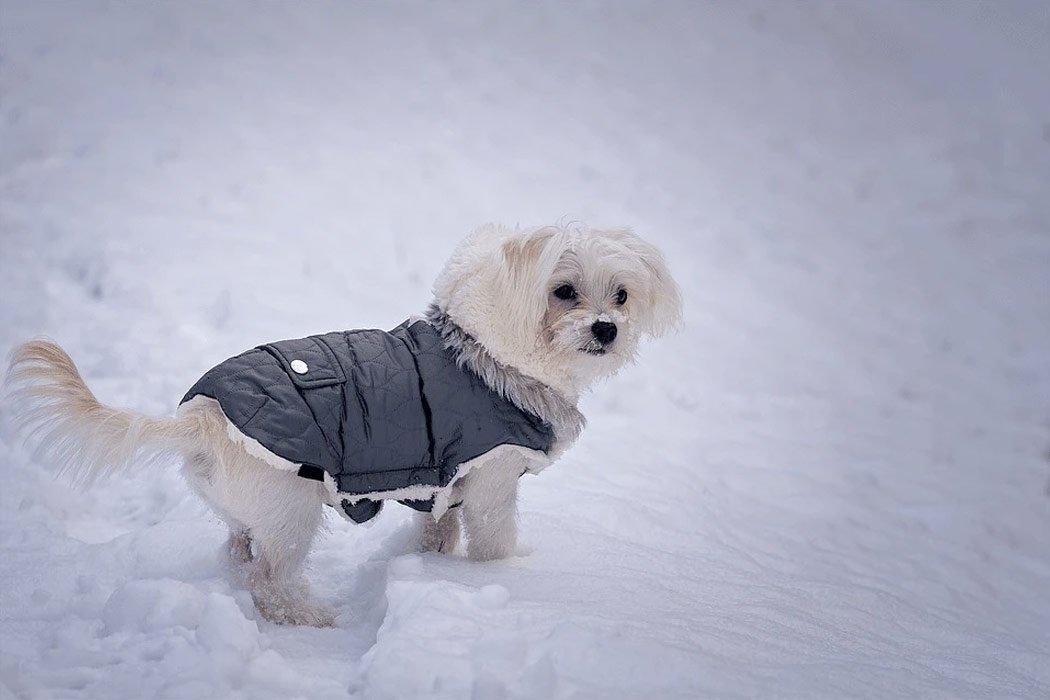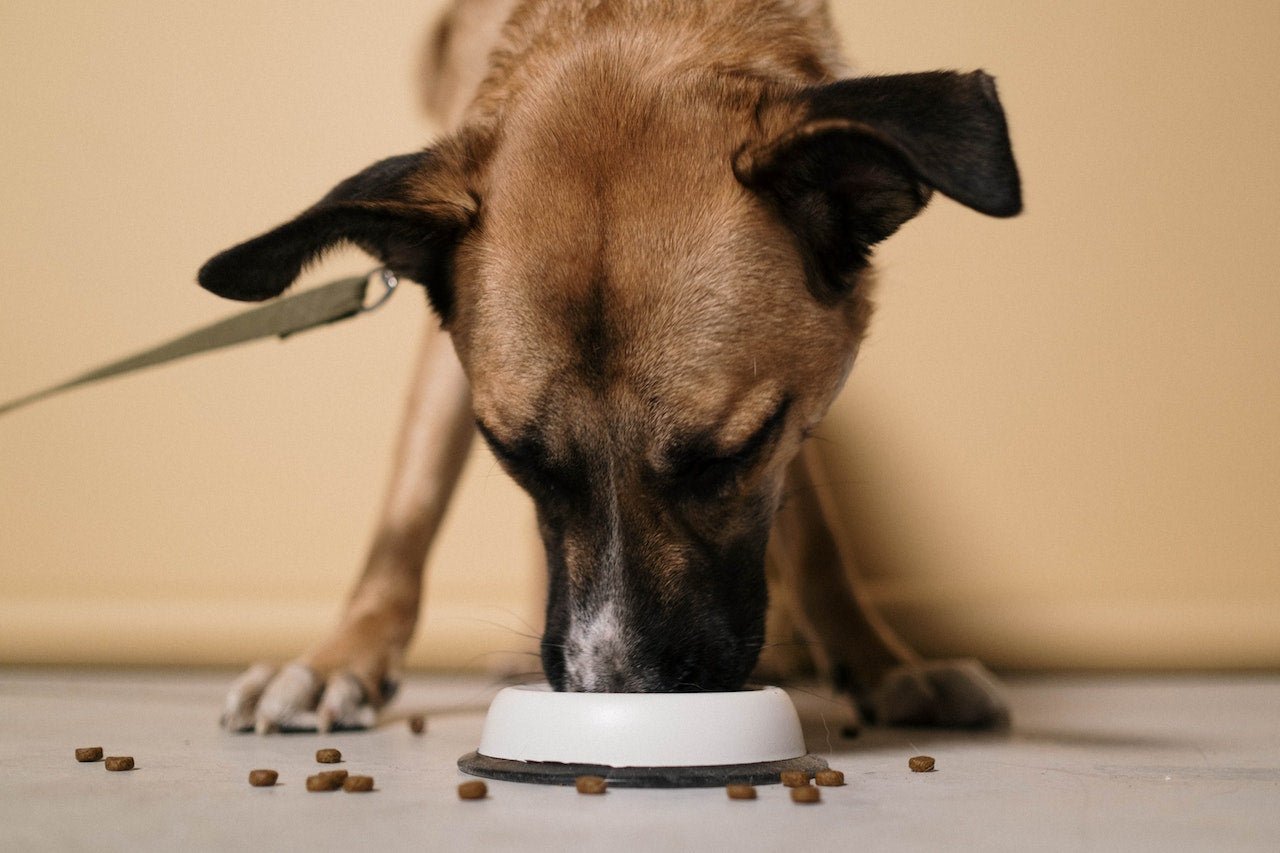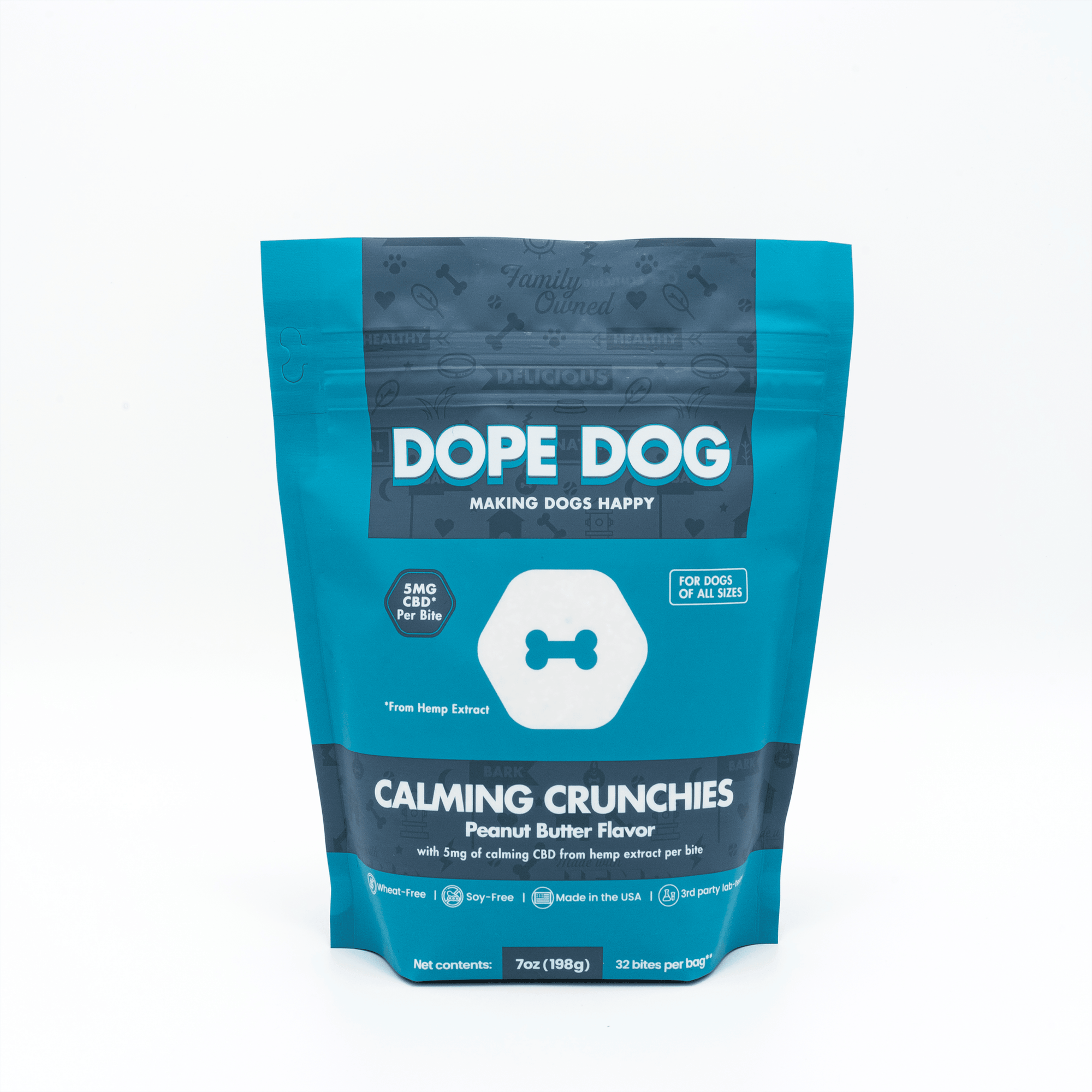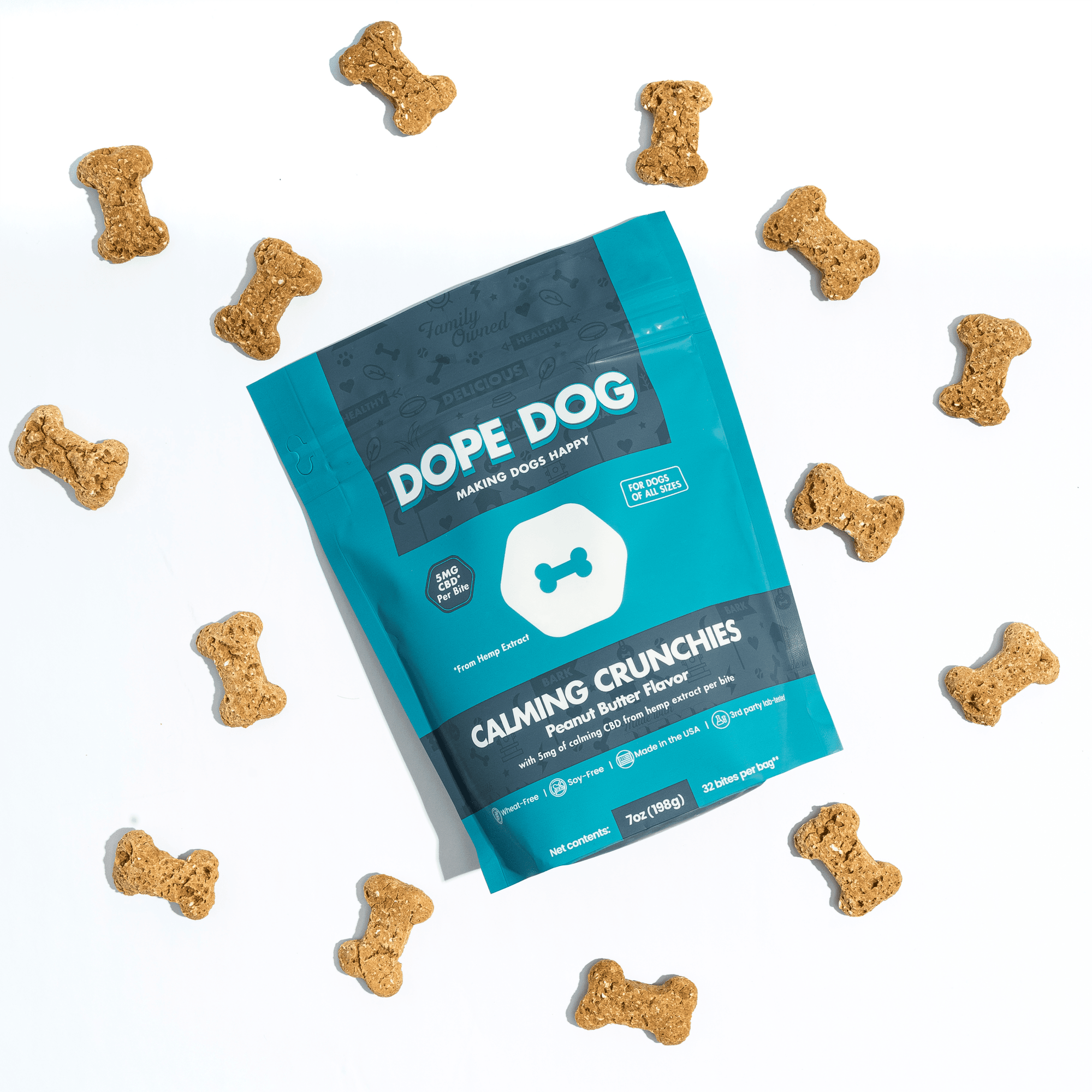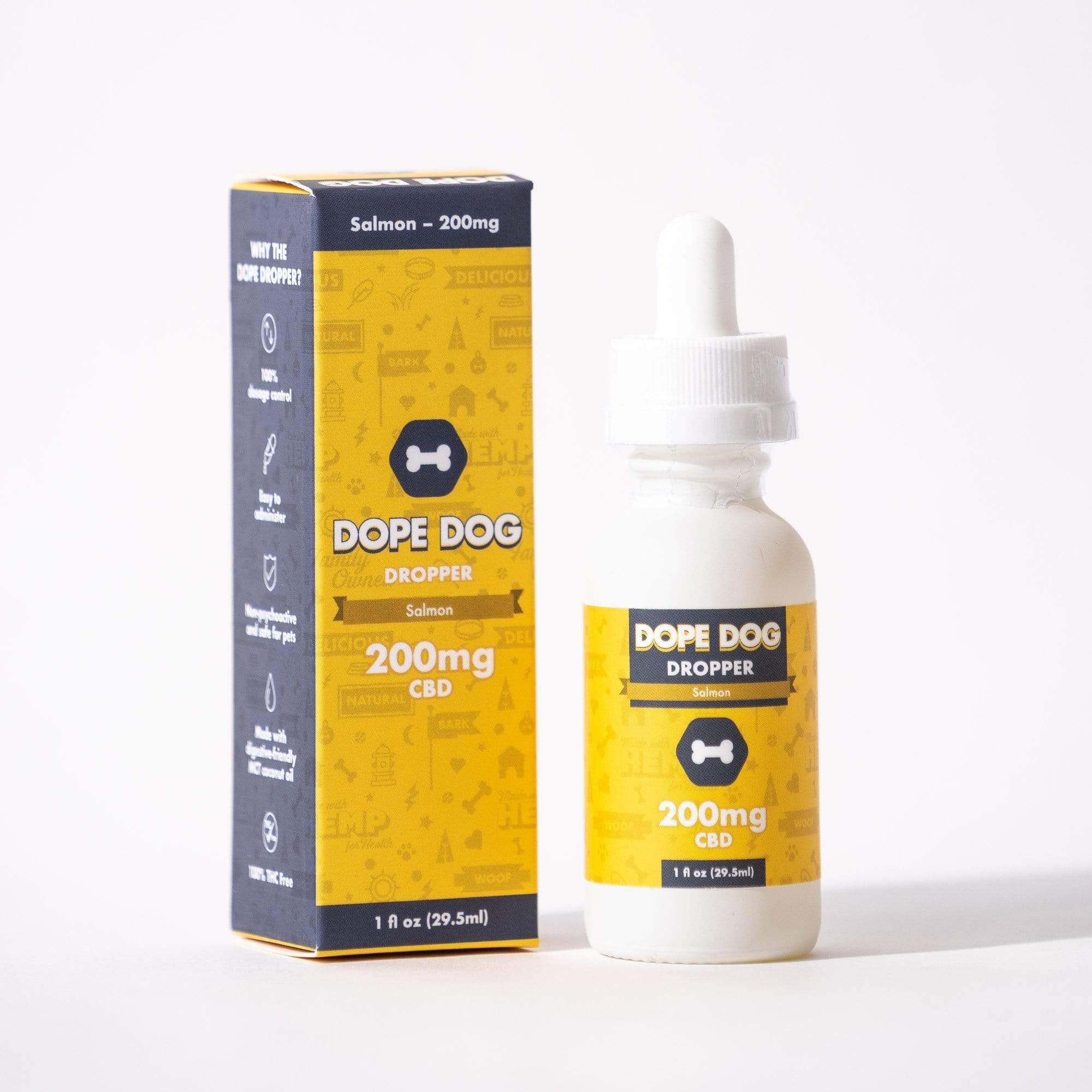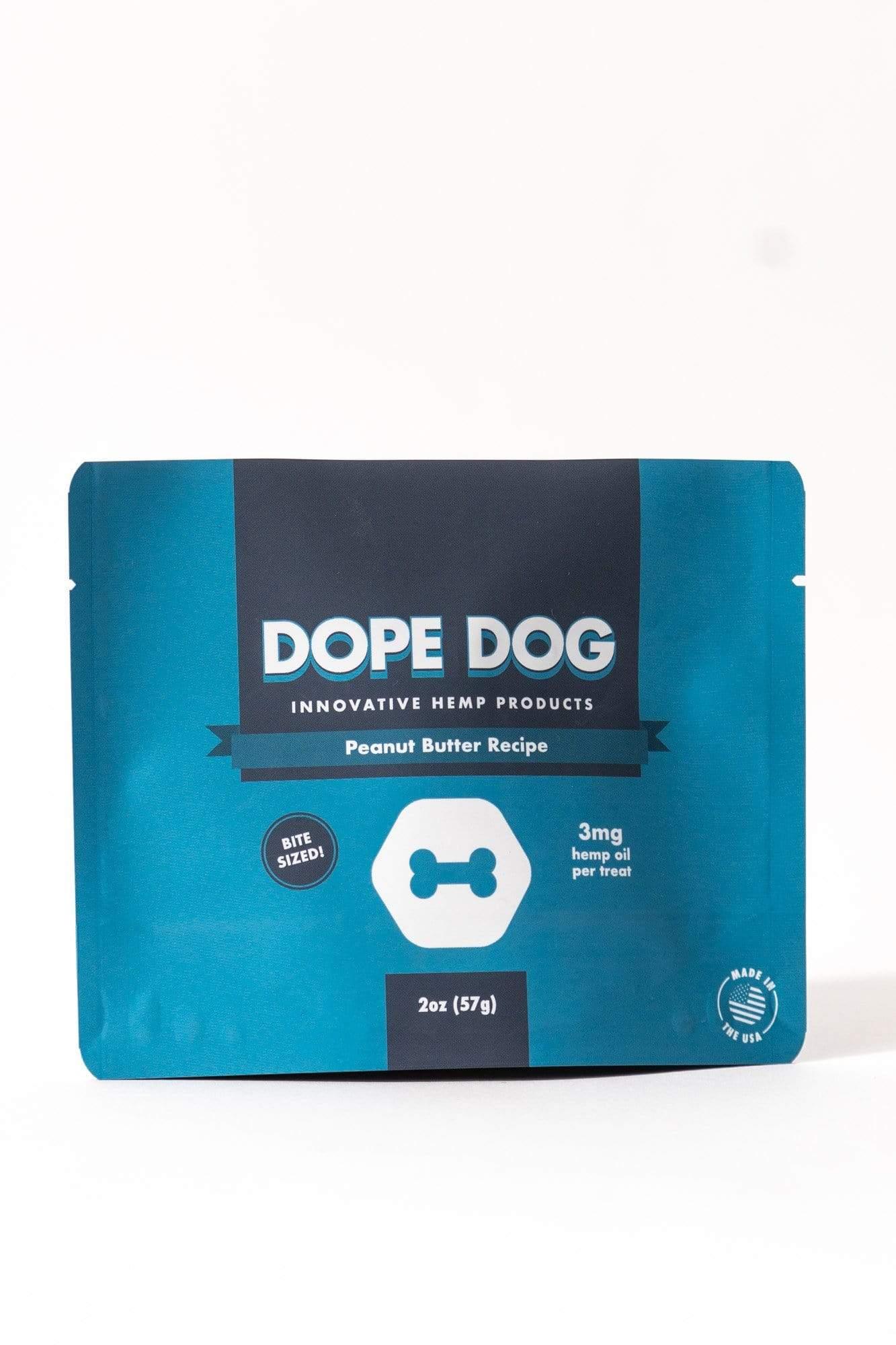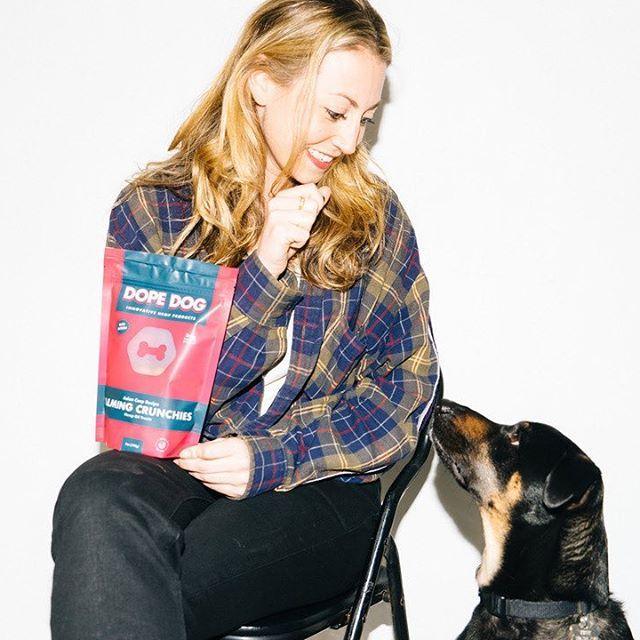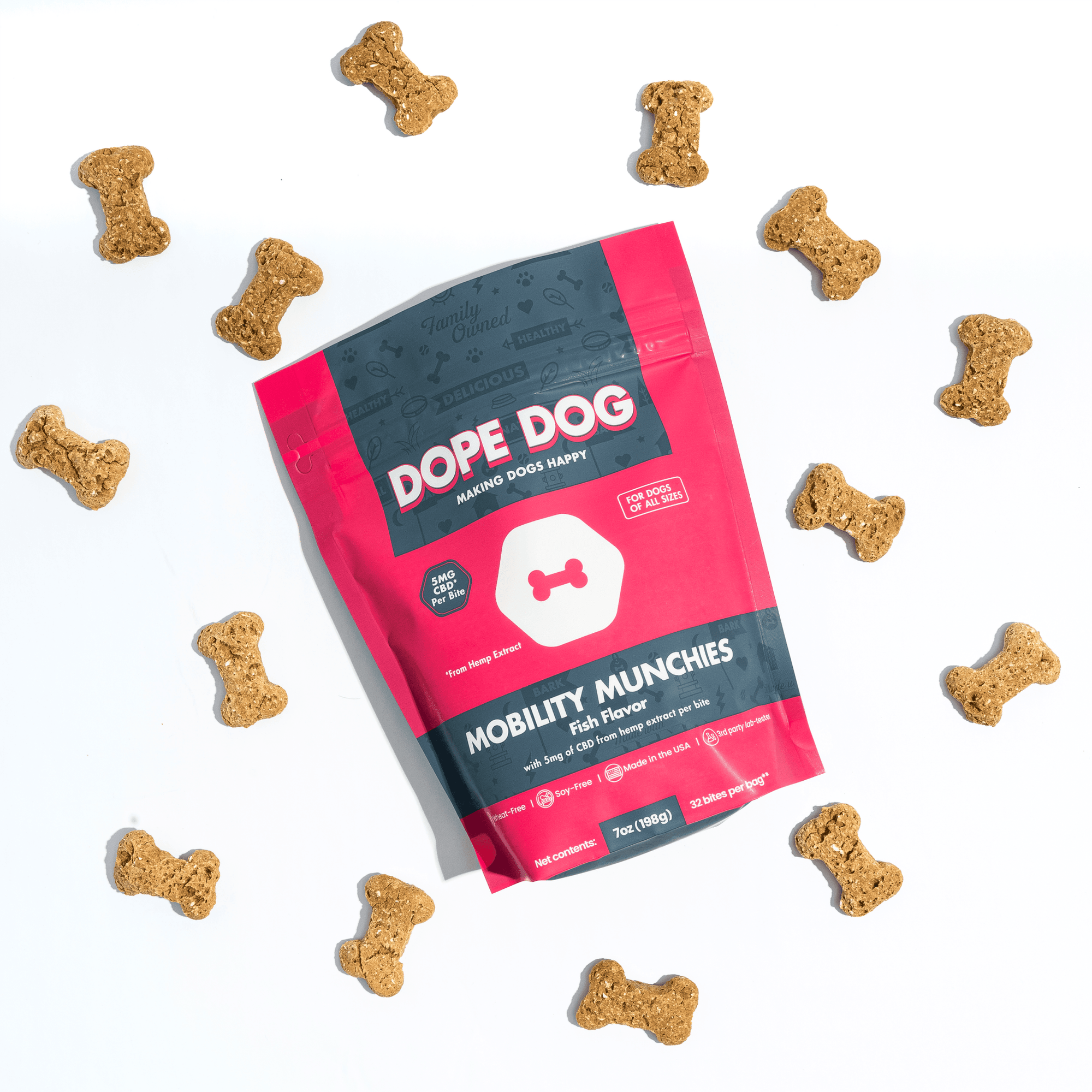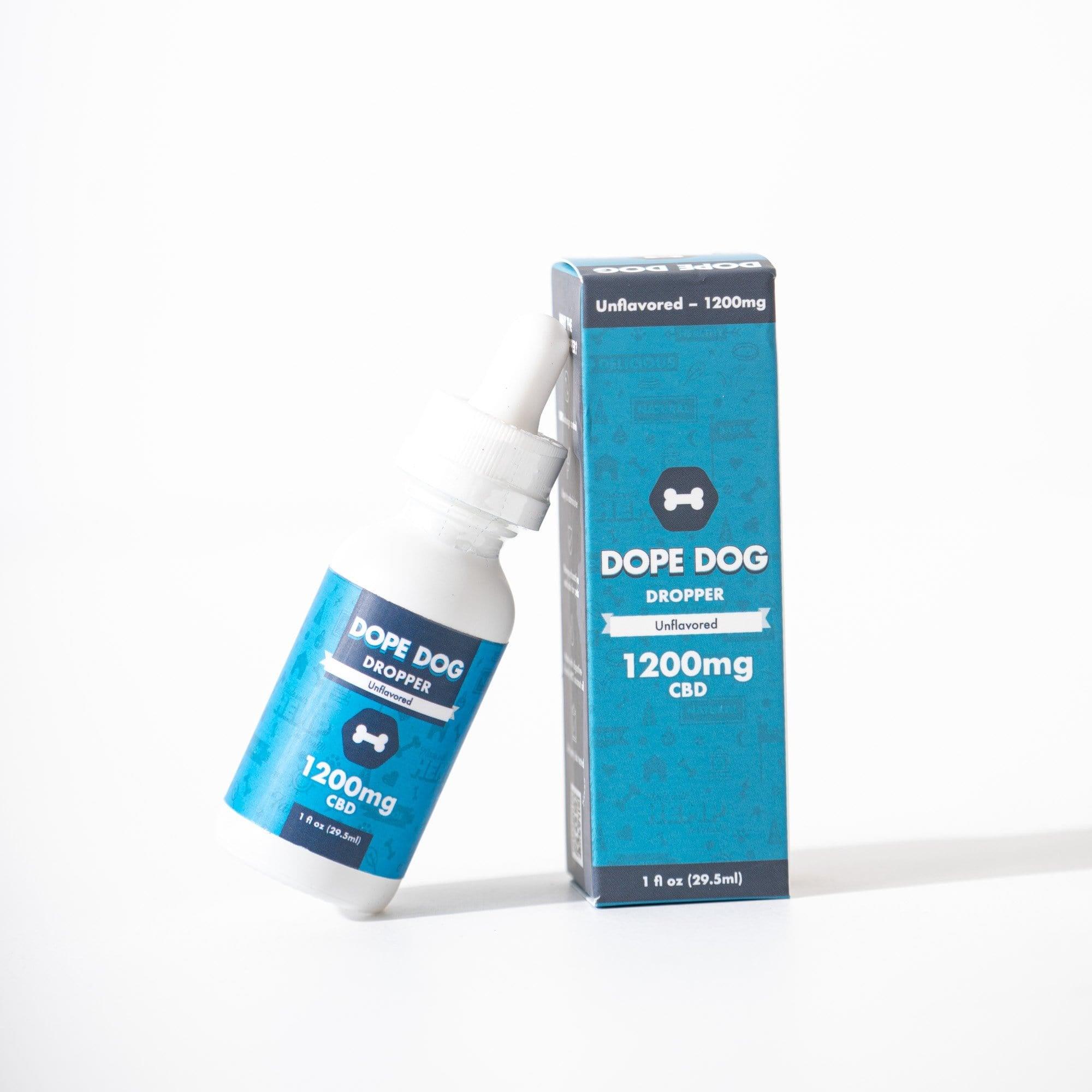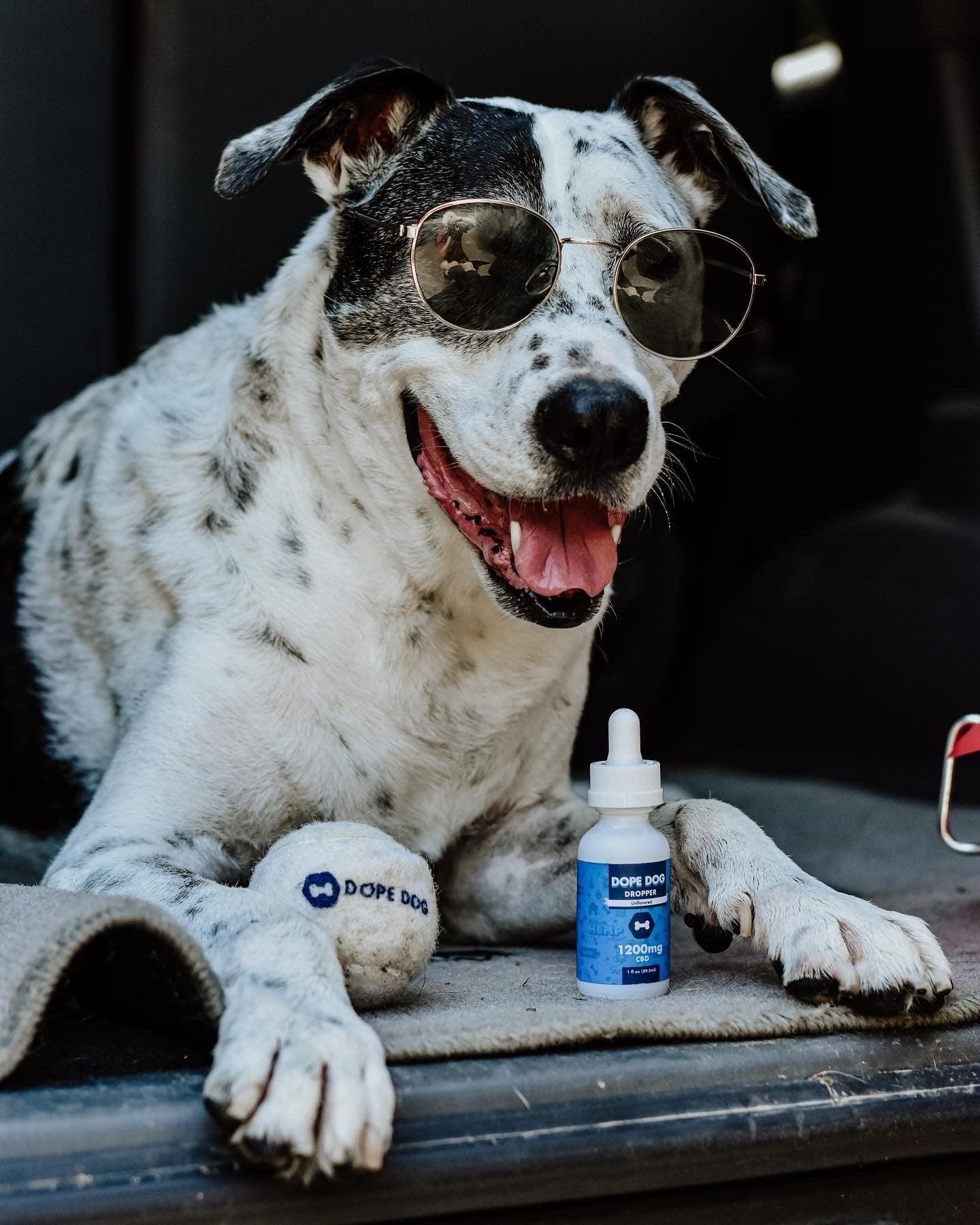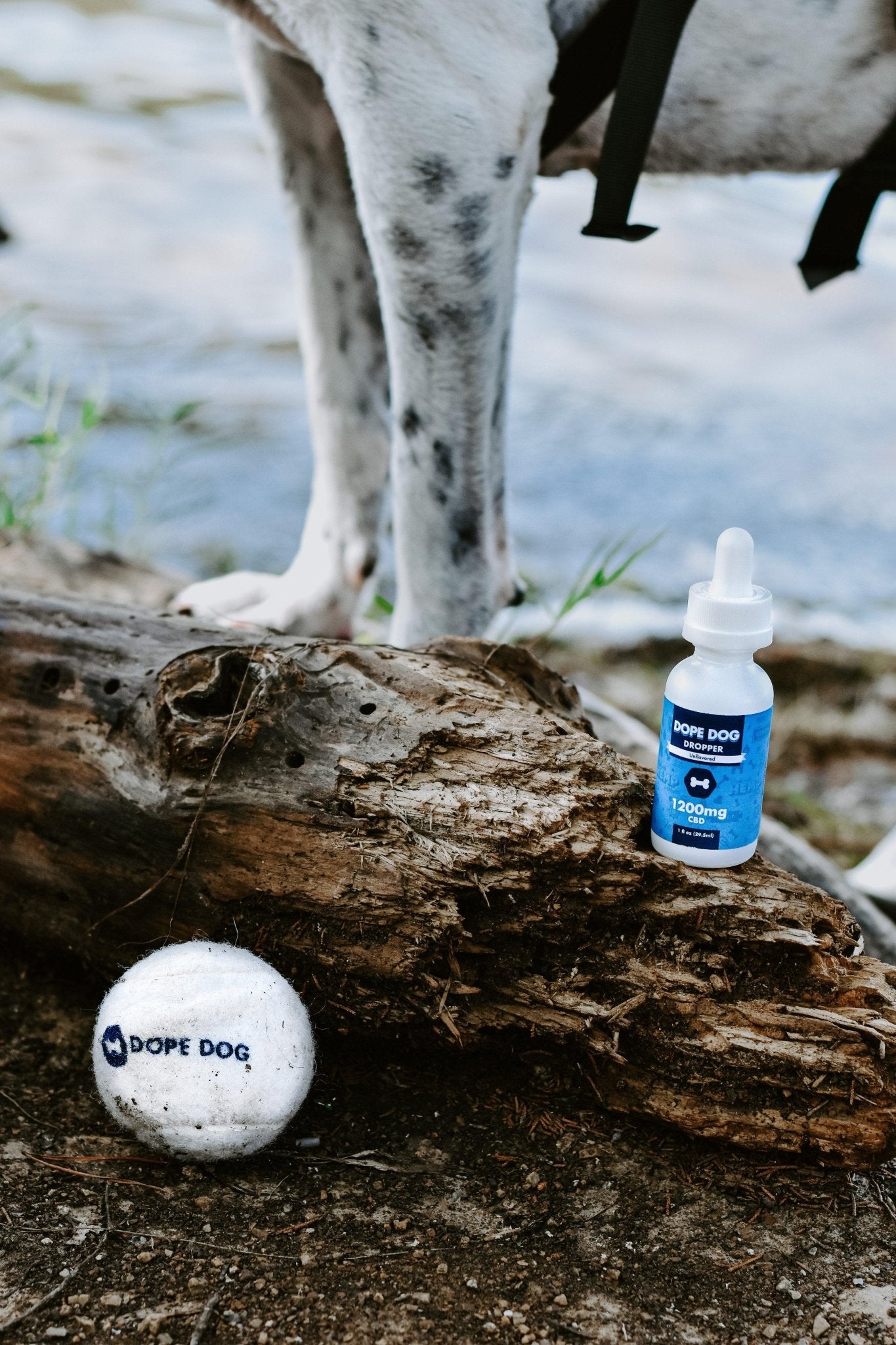If you live in a colder climate or are getting ready for the winter season, then you may be asking yourself, “how cold is too cold for my dog?”
It’s a common misconception that dogs can live out in the cold. Not all breeds can withstand the harsh weather. In fact, a lot of dogs need proper shelter, blankets, or even need to stay indoors to keep themselves warm.
Sometimes it’s hard to tell what the temperature guidelines are. We need to keep in mind that not all dogs are created equally.
Because of this, we provided you with all the information that you’ll need to know what to look out for when it comes to cold weather for your dog.
Related: 23 Best Christmas Gifts for Dog Lovers

Temperature Guidelines
Usually, cold weather is not a problem for most dogs until it falls below 45°F. Temperature below that can be very detrimental to your dog and they may start to feel uncomfortable. When the temperature drops below 32°F, make sure you pay close attention to small dogs, dogs with a thin coat, older dogs, or extremely young dogs. If the temperature is below 20°F, your dog could develop health issues like frostbite and hypothermia.
The best thing to do is to monitor your dog to make sure that they’re not anxious, whining, shivering, searching for a warm location, or holding up their paws.
Every Dog is Different
When it comes to cold-weather, not all dogs react the same. In fact, some may be comfortable, while others could be searching for a warm place. Here are some factors to take into consideration when it comes to how dogs react to the cold.
Related: 10 Most Popular Dog Breeds
Coat
Dogs with a double layer thick coat like the Siberian Husky are comfortable with a harsh, cold climate. This is mainly because they are bred to pull sleds in Alaska. With a thick coat, you will not have to worry about a Husky or similar dog during the winter season. However, dogs with thin coats like the Greyhound will definitely need a sweater/coat and warm shelter from the cold.
Color
Dogs with darker color coats such as black or brown are able to absorb heat from the sunlight to keep them warm. However, dogs with a lighter color coat will need some extra help to keep themselves warm.
Size
Small dogs have a smaller surface area than larger dogs. This means that smaller dogs will lose more heat and can easily get sick during the winter.
Weight
Body fat is an excellent insulator. Thinner dogs can easily catch a cold compared to thicker dog breeds. Even though overweight dogs may have some health issues, the fat can keep them warm during the winter seasons.
Condition
Dogs who are accustomed to the cold climate will not have any issue with 50° F weather. However, if your dog comes from a warmer climate, then they’ll need help to be insulated and protected from the cold.
Age/Health
Puppies and senior dogs have a weaker immune system, so they tend to get sick quickly and develop hypothermia. Both of these dogs will require plenty of warm blankets and shelter during the cold.

It Depends on Temperature
Keep in mind that it’s not just about the dog, it also depends on the weather and the temperature.
Related: 10 Easy Dog Breeds to Own
Dampness
Snow, rain, and fog can soak through your dog’s fur. This can cause extreme coldness that tears through your dog, so it’s best to dry him or her up thoroughly when they get wet from the rain.
Windchill
A breeze can cut through your dog's throat and decrease his or her’s ability to insulate themselves.
Too Many Clouds
The cloudy day tends to be colder than a sunny day. If your dog is outside on a cloudy day, then it’s best to give him or her some heat heating pads and a warm shelter.
Activity
If your dog is going to be active outside, then they can generate more body heat to keep themselves warm. If the dog is only walking briskly through the park, then he or she might need a jacket or a coat.
How to Keep Your Dog Warm During the Cold Weather?
If the winter season is approaching and you’re looking for ways to keep your dog warm, here are some tips and tricks that you can take to make sure your pup is safe and snuggly.
Shelter
When the weather's getting cold, you have to give your dog warm shelter. It’s advisable to have your dog indoors during the winter, but if he or she isn’t trained correctly to be an in-house dog, then you will have to get him or her a doghouse with plenty of blankets or a heating pad.
Jackets/Coats
If you’re walking your dog in the cold, consider getting him or her a jacket or coat. Make sure that the coat is made out of a water-resistant and high-quality material to keep them warm. The jacket should cover the belly of the dog, which is their most vulnerable area when it’s cold.
Boots
Boots are also very important for your dog to wear. The snow and ice can cause frostbite or get in between their paws, causing infections or injuries. Fortunately, with high-quality boots, it can provide traction, so they don’t slip and keep their paws protected from the harsh conditions. If you wouldn’t want your bare feet on the cold ground, chances are your dog doesn’t either!
Heating Pads
There are two types of heating pads; one of them requires electricity while the other one will automatically heat up when your dog lays on the pad. It’s highly advisable to get your dog a heating pad if he or she stays outside most of the time. This can keep their belly and body warm during the cold winter seasons.
Related: 10 Ways to Help Nervous Dog
Complications of Keeping Your Dog Out in the Cold
If you leave your dog out in the cold weather without anything to keep them warm, there are some dangerous complications that you should keep in mind.
Hypothermia
When dogs are exposed to extremely low temperatures, they can develop hypothermia where they start to shiver/tremble, have a decreased heart rate, decreased breathing rate, dilated pupils, trouble walking, and in the worst cases: die. When your dog's metabolic, respiratory, and cardiovascular system decreases due to cold water, it can lead to kidney failure, heart failure, and the brain can shut down, causing your dog to go unconscious.
Frostbite
Dog's paws and ears are vulnerable to frostbite. Constant coldness and exposure to the snow and ice can cause the tissues on your dog's body to go through a process called necrosis. This occurs because the cold temperature can constrict blood vessels in the dog, which reduces blood flow. This will cause the tissues to die out and darken in color. This is a very painful experience and can make your four-legged friend vulnerable to infections.
Joint Pain
This is very common for dogs who have underlying medical conditions such as arthritis, which is inflammation of the joints. When dogs have arthritis, they tend to have joint pain and stiffness. Unfortunately, the cold weather tends to aggravate the arthritis symptoms even more, which can decrease your dog's mobility, range of motion, and flexibility. It can also lead to severe pain and agony that can be disruptive to your dog's overall quality-of-life.
Luckily, there are many dog treats like Dope Dog’s CBD infused crunchies which can help with your dog’s joint pains. These beloved CBD treat recipes use organic ingredients with natural health benefits that can even help your pup with anxiety and inflammation.
Related: Everything You Need to Know About Turmeric
Death
If you leave your dog outside in extreme cold weather for a long time, it might not end very well. In the initial stage, your dog may start shivering, whining, and show other signs of being cold. As time goes by, he or she will develop hypothermia, and their organs, like the liver, would shut down because of the lack of blood flow, low metabolic rate, and suppression of the respiratory and cardiovascular system. If you still left your dog alone after all of this, then his or her’s whole body system would shut down.

Takeaway
During the winter, it’s vital to keep your dog warm during this holiday season so you guys can stay warm and enjoy the holiday seasons together.
Keep in mind that all dogs are not created equally. Larger breeds with a double coat are more likely to enjoy the cold, while smaller breeds with thin coats will require some insulation and blankets to keep them warm.
Another thing is that you may want to provide them with shelter, heating pads, and blankets to ensure that they do not get so cold to the point of developing frostbite and hypothermia. You should also monitor your dog and the temperature, and make sure that it doesn’t get too low to the point where it’s unbearable for your pup. Anything below 40°F will start to feel uncomfortable for any canine companion.
As long as you take the right precautions, both you and your four-legged friend will have the best holiday season ever.
